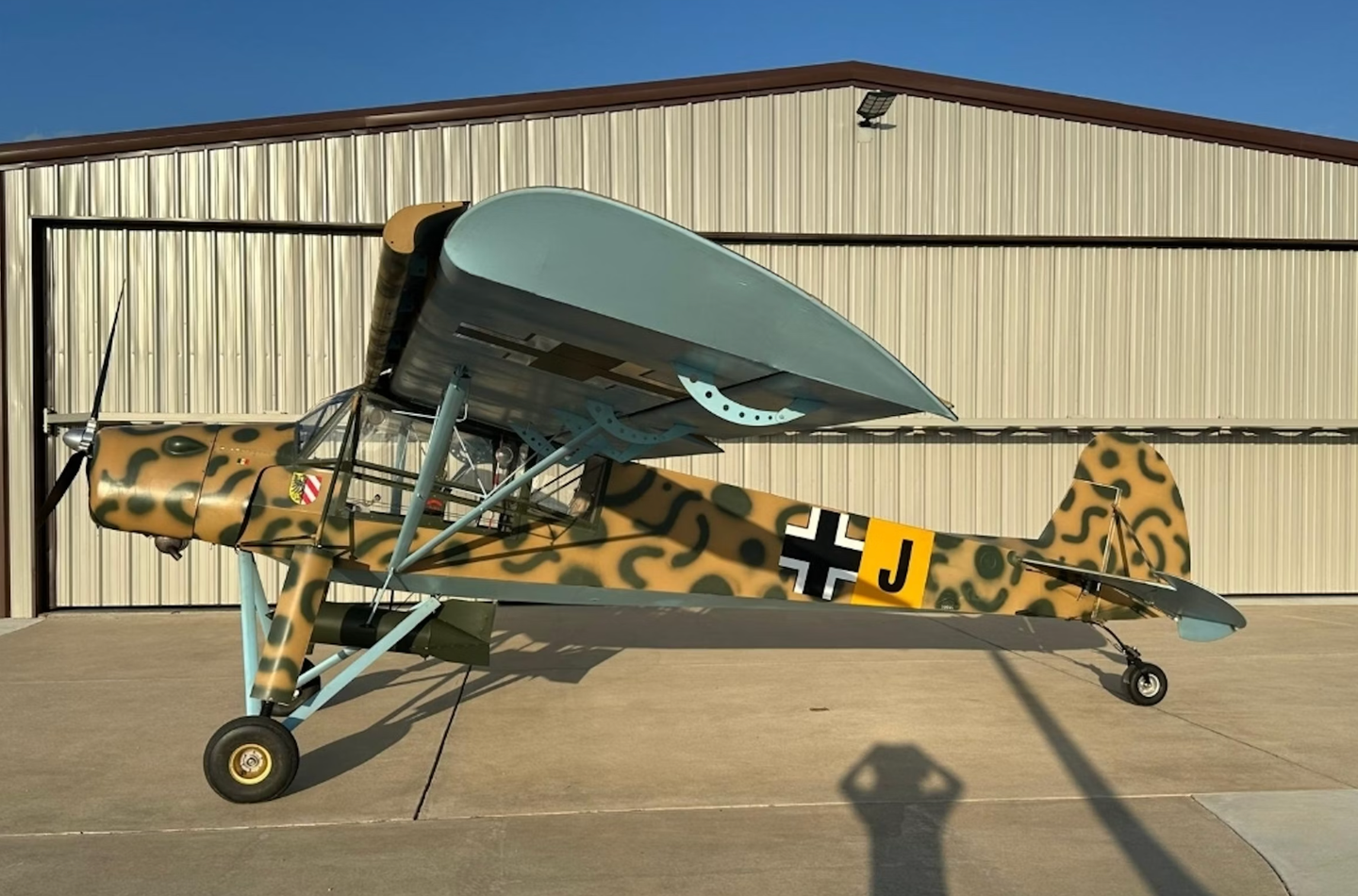All Skyhawks Are The Same (And Other Lies)
For an airplane that’s been around for 64 years (sing along, “When I get older!”), the 2020 172 Skyhawk is remarkably similar-looking (and flying) to early 172s. But in those…

For an airplane that's been around for 64 years (sing along, "When I get older!"), the 2020 172 Skyhawk is remarkably similar-looking (and flying) to early 172s. But in those 64 years, Cessna has made a lot of improvements to the model, though some folks are quick to point out that those improvements come with two major adverse side-effects, higher prices and a heavier plane. A 2020 Skyhawk's basic empty weight of 1,680 pounds is 420 pounds greater than the empty weight of the 1956 model, though today's 172 has a 330-pound edge in maximum takeoff weight. So, an original 172 has a 62-pound advantage in useful load. It's not nothing.
What that slight decrease in useful load buys, however, is, if not priceless, then close to it. During its production life, just about every Skyhawk component has been improved, upgraded or replaced altogether. A very partial list of what's better would include the seats and seat tracks, the flaps (though some do pine for the Johnson bar manual flaps---I'm a fan myself), the windows, the paint both inside and out, the interior, the avionics and the landing gear. The new Skyhawk can fly faster and go farther. It's quieter inside and out, and it's far more comfortable to fly in, too. Compared to a 2020 model, the 1956 172 is a primitive machine. It still flies great, though.
It does fly differently, admittedly, and even though the feel is less refined than that of today's Skyhawks, a pilot familiar with the 172 could fly an early model blindfolded and still tell that it was a 172, especially in the landing phase.
What's on the horizon for the Skyhawk? Well, Cessna has tried and failed to find a satisfying diesel version of the plane; I've flown both of Cessna's diesel-powered proof of concept planes, the TD and the JT-A, along with two other aftermarket attempts to mate Jet A with the 172, and they all flew okay but were begging for more power, which wasn't available at the time. It's possible that Cessna will introduce another attempt at a diesel Skyhawk---it's a natural---but if it's working on something, it's keeping quiet about it.
And you might have heard that in 2010, Cessna flew a proof-of-concept all-electric Skyhawk, but it wasn't a part of any ongoing Cessna development program, and nothing more came of it. Which isn't terribly surprising, as the four-seat Skyhawk is carrying a lot of weight. And while weight is the enemy of every airplane, it's the archenemy of electric aircraft, which need as much help in stretching the endurance of their batteries as possible.
Until the future gets here, whenever that is, we've got the regular Skyhawk, a sheet-metal four-seater powered by a gas-piston engine that is remarkable for how perfect a compromise it is in every way, a fact that puts it on a perch that no one seems to pay much attention to but that customers, mostly larger flight schools, keep adding to their shopping carts.
The punchline is, despite so few pilots being gaga over the Skyhawk, it endures and continues to sell in numbers that keep Cessna happy with its continued spot on the production line in Independence, Kansas.
And even though not many private flyers are buying a new Skyhawk, lots of them are learning to fly in the plane, which is the most popular trainer in the world today. In that important way, the Skyhawk is indeed the first airplane for tens of thousands of pilots a year, and thousands of instructors happily ply their trade in the great old bird, perhaps seldom waxing poetic about it but at the same time, strangely enough, never complaining about it, either. Considering how much people like to complain, that's a pretty powerful testimony, if you ask me.
So, what's the future of the most-produced if not best-loved Cessna of all time, that perfect-flying, ideal compromise between power and restraint, the Cessna Skyhawk, a 64-years-old-and-counting icon of flight? The conventional wisdom is that it's reached the end of its product cycle, that great minds will brew up innovative approaches to accomplishing the remarkable things the Skyhawk has achieved, and soon, too. It's exactly what Cessna thought in 1959, in 1968 and again in 1997 (and which it might be thinking about as I write).
And we all know how those attempts to retire a perfect airplane worked out. And once again, the Skyhawk endures.

Subscribe to Our Newsletter
Get the latest Plane & Pilot Magazine stories delivered directly to your inbox






